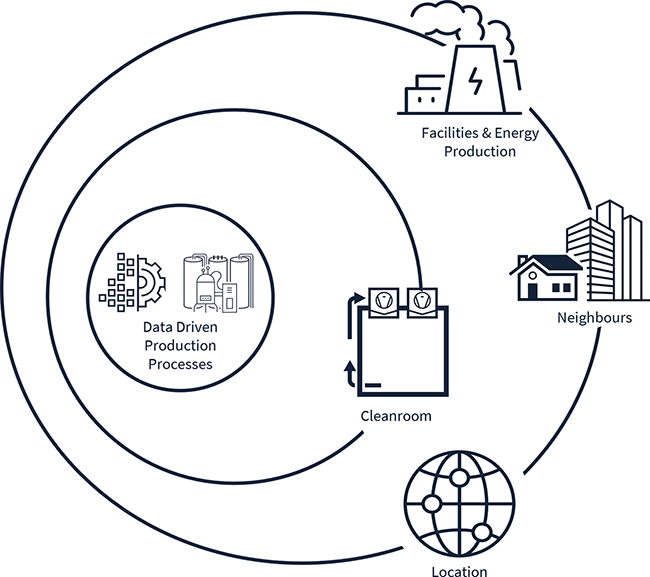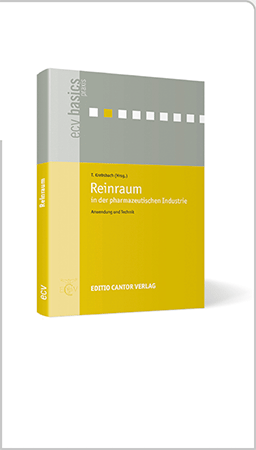Heading for the Green Cleanroom
Simulation-Based Approach for Energy Optimization
Planung
Abstract
Cleanroom technology is an encouraging starting point when it comes to finding strategies for energy optimization, as cleanrooms account for 50–70 % of a pharmaceutical plants' overall energy requirements. In practice, ventilation systems for cleanrooms are usually over-dimensioned. Unnecessarily high air exchange rates which do not correlate with the actual contamination control requirements result in an excessive energy demand. A load-based and therefore more sustainable approach is suggested, by designing and regulating the Heating, Ventilation and Air Conditioning (HVAC) systems according to the actual requirements of the respective production process. Regarding the ventilation system, the question is: How can over-dimensioning be circumvented in accordance with the contamination control strategy that applies to the Good Manufacturing Practice (GMP) compliant process? To solve this problem, a new methodology for process-based, energy optimized cleanroom planning has been developed.
Korrespondenz:
Hans Eder, ZETA GmbH, Graumanngasse 7/B1-2, 1150 Wien; hans.eder@zeta.com
 | Hans Eder has extensive experience with implementation and planning projects focusing on HVAC and cleanrooms. For the past 12 years, he dedicated his attention to the pharma industry. Currently he holds the position of Associate Director of the ZETA Business Line Sustainable Energy Solutions, the focus of which lies on the development of customer-specific decarbonization strategies and the support of pharma companies in their implementation. |
Abstract
Cleanroom technology is an encouraging starting point when it comes to finding strategies for energy
Sie haben Tech4Pharma / cleanroom & processes für sich entdeckt und möchten auf alle Beiträge und Ausgaben Zugriff haben?
Dann registrieren Sie sich noch heute kostenlos und genießen Sie sofort alle Möglichkeiten – recherchieren, lesen, downloaden.





